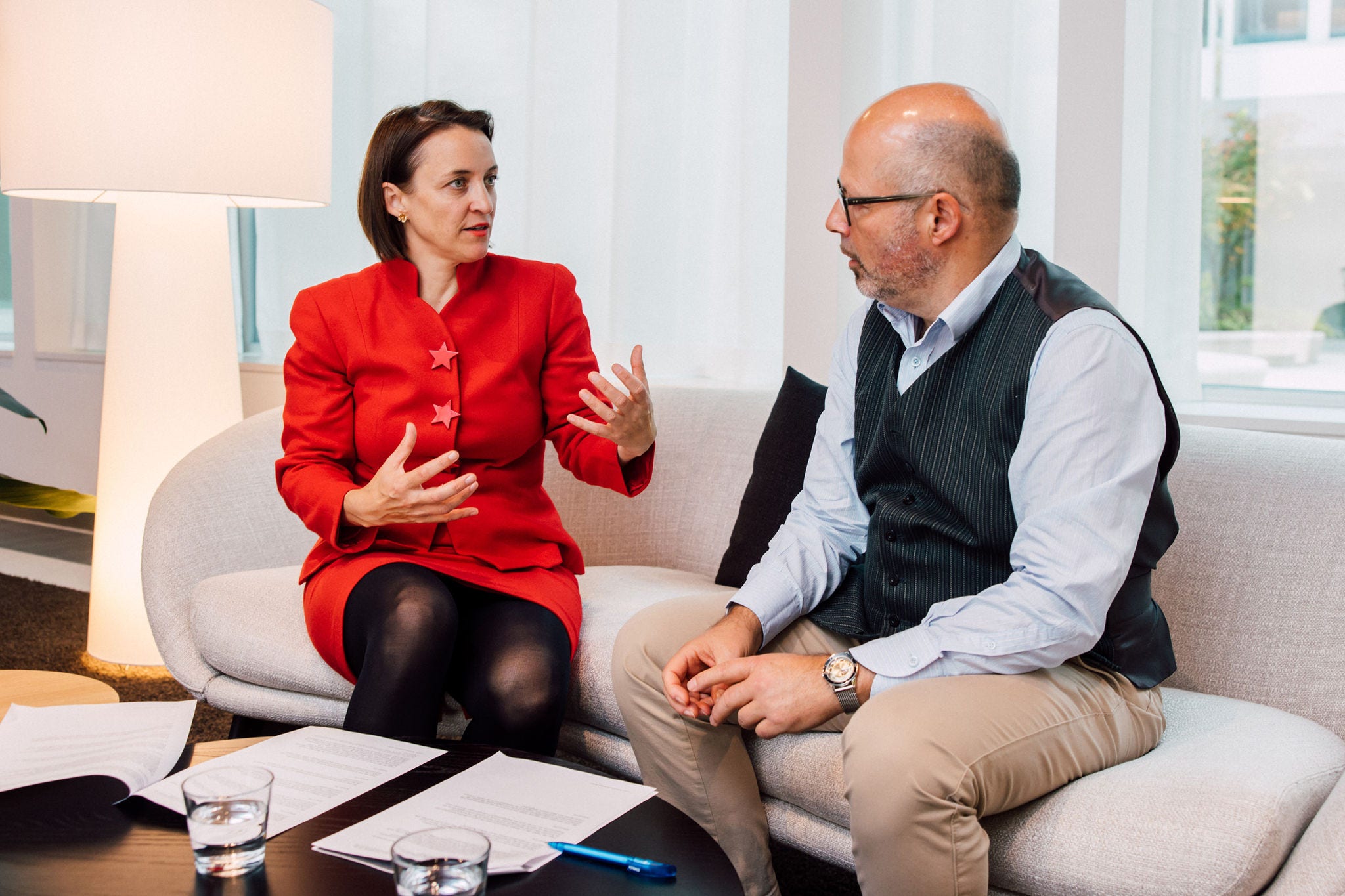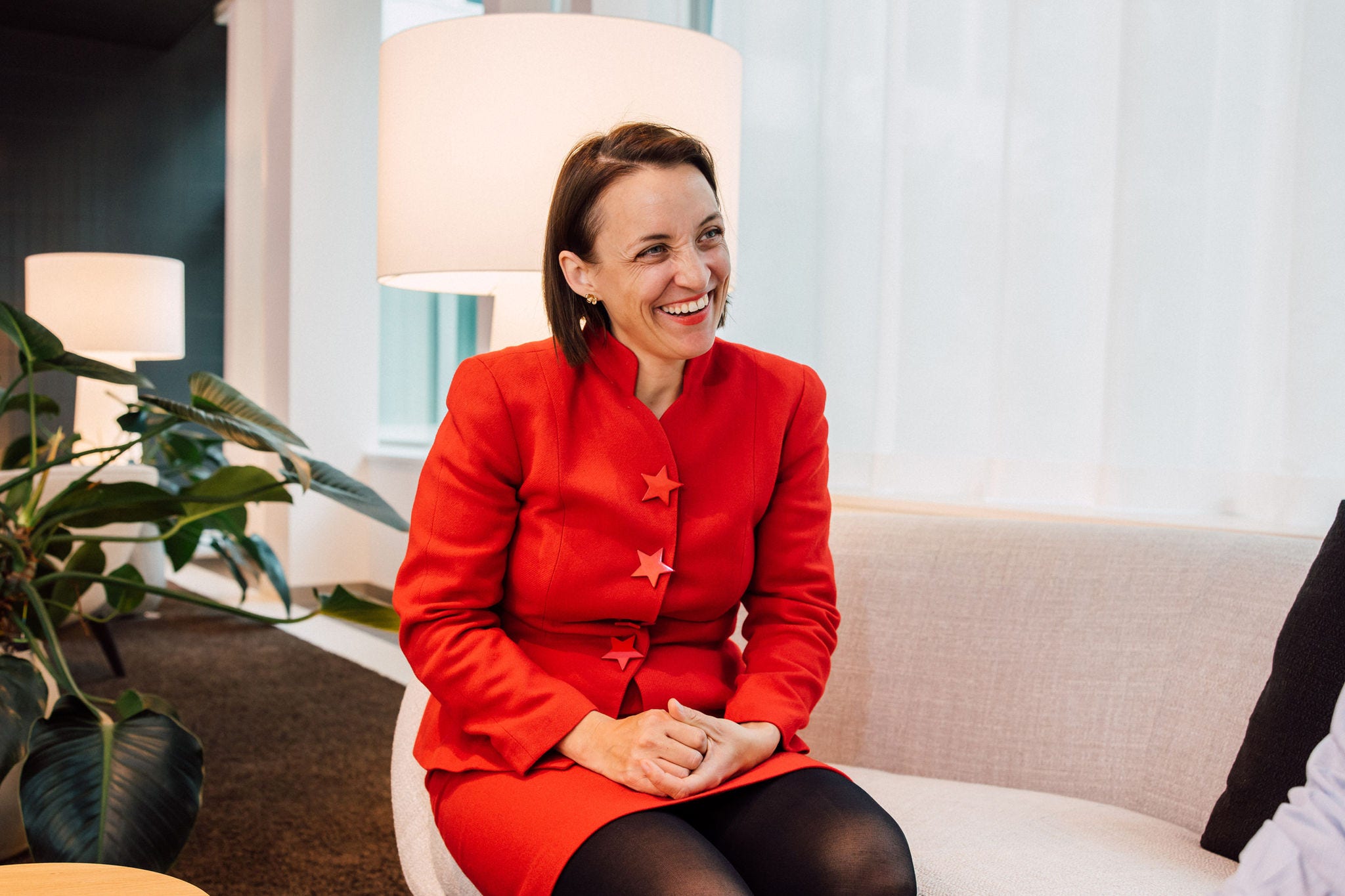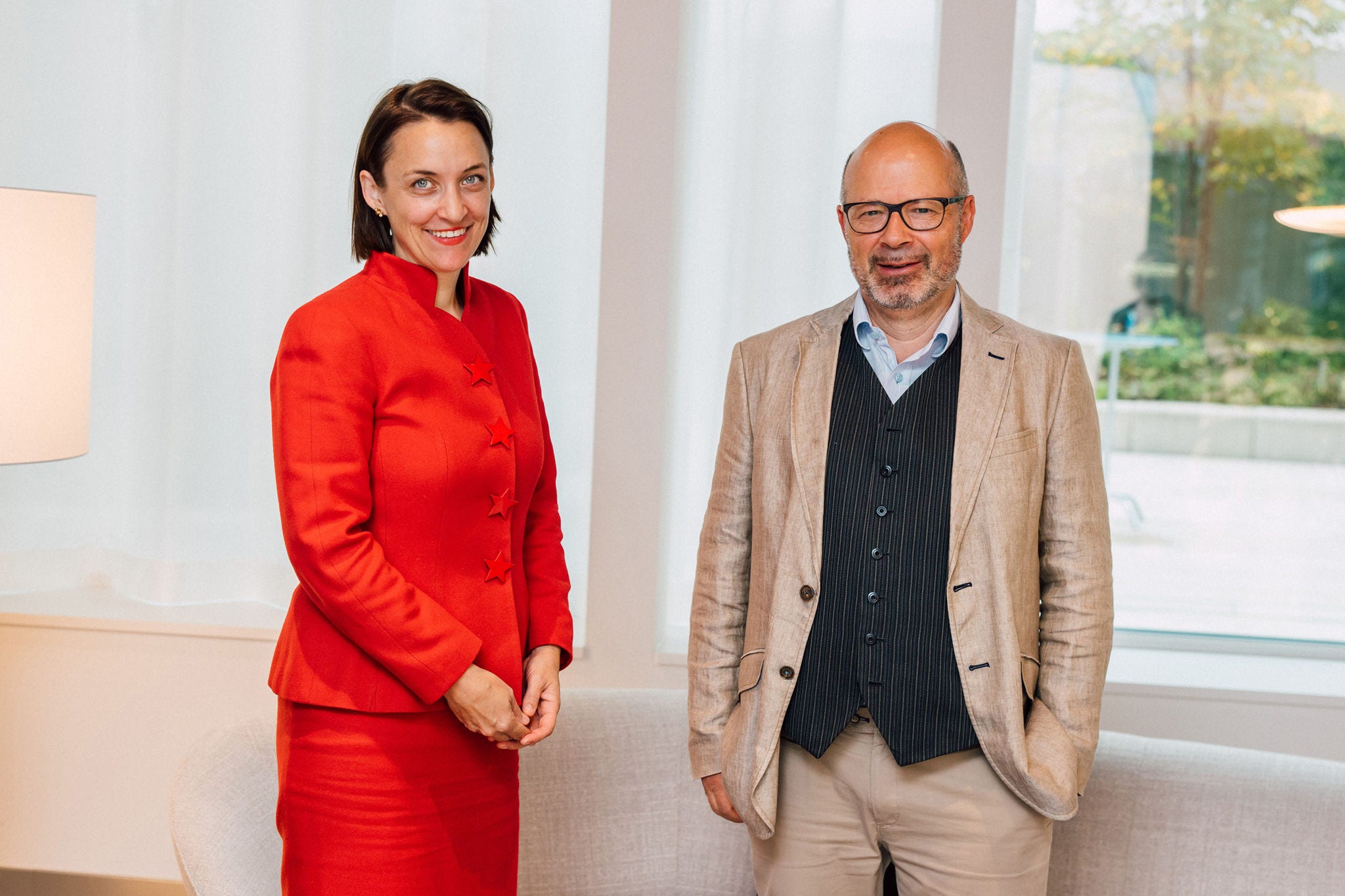Phyllis Scholl: Crises are indeed opportunities, even if the statement contains a measure of calculated optimism. Crises reveal the weak points in our system, and that’s the great opportunity we should take advantage of. The last crises we experienced were certainly on the list of possible scenarios, but governments and risk managers rated their probability of occurrence as low. This is probably why preparation for these scenarios was neglected.
A good example is the threat of an energy shortage in Switzerland. Just because the probability was rated as very low, it doesn’t mean we shouldn’t have prepared for it – precisely because an energy shortage has very high damage potential. In the absence of existential crises in our society in recent decades, we’ve neglected the art of foresight.
So, it’s important to now consider possible future crisis scenarios with low probability but high damage potential. And we should take precautions to avoid – or at least mitigate the damage of – existential crises as far as possible.







